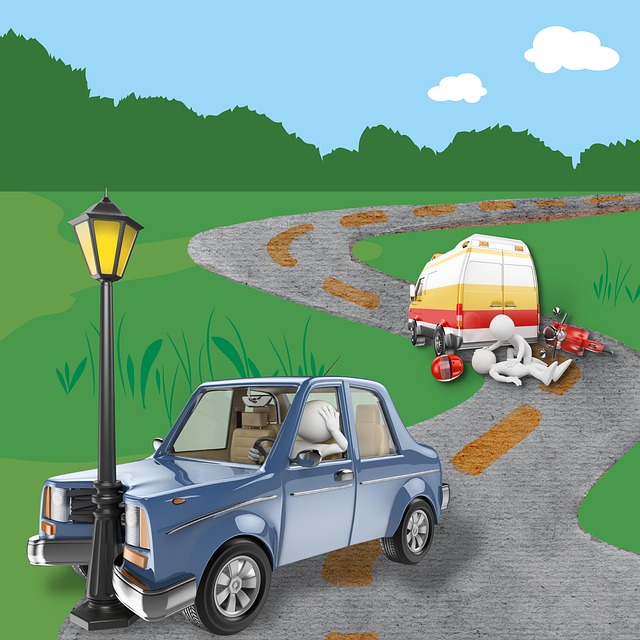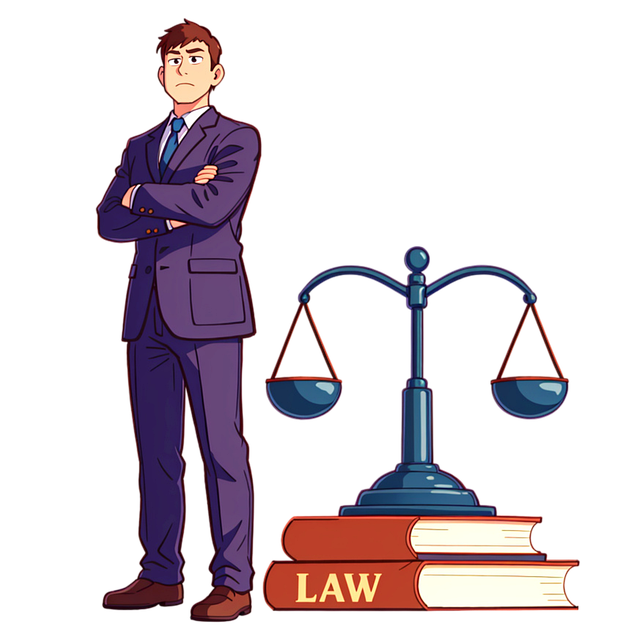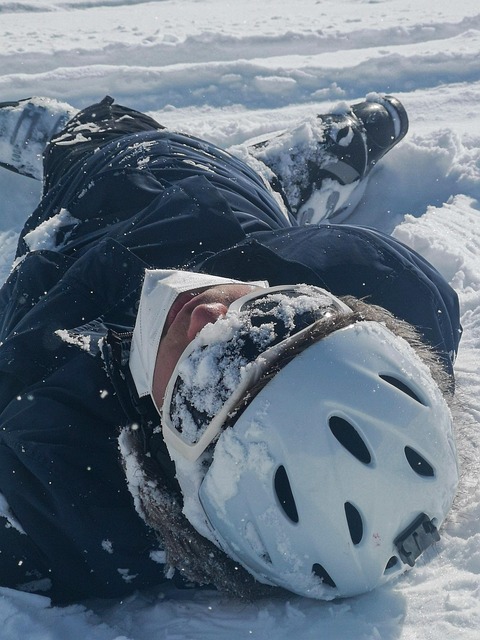Bicycle accident liability laws vary globally but primarily aim to protect cyclists and motorists by determining responsibility in cases of cycling incidents. Key factors include right-of-way, safety measures, and contributing factors like distracted driving or road maintenance. Understanding these legal considerations is vital for cyclists seeking justice and compensation. Initial actions after an accident are critical: move to a safe location, assess injuries, document the scene, and gather contact details. Bicycle accidents have distinct liability rules, emphasizing evidence collection, including incident reports, medical records, witness statements, and photographs. Seeking immediate medical attention and preserving key information is essential. Engaging a specialized personal injury attorney can significantly improve the success of compensation claims based on state laws.
Are you a cyclist who’s been involved in an accident? Understanding your rights under bicycle accident liability laws is crucial. This comprehensive legal guide will help you navigate the complexities of personal injury claims, ensuring you receive fair compensation for your injuries and damages. From understanding key legislation to building a strong case, we’ll equip you with the knowledge needed to effectively pursue your claim. Learn what steps to take after a crash, how to identify liability, and strategies to bolster your chances of success.
- Understanding Bicycle Accident Liability Laws
- What to Do After a Bicycle Crash
- Building a Strong Case for Compensation
Understanding Bicycle Accident Liability Laws
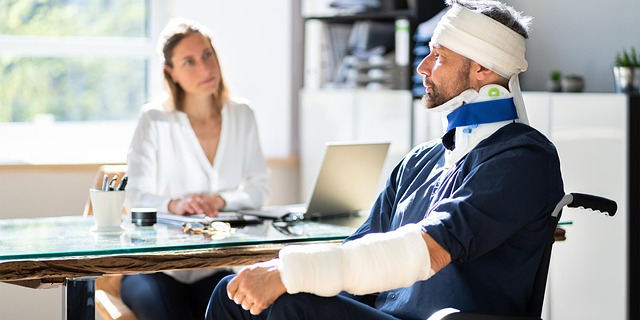
Bicycle accident liability laws vary across jurisdictions but generally aim to protect both cyclists and motorists. Understanding these laws is crucial when navigating a claim after a cycling incident. The primary focus is often on determining liability, which can rest with the cyclist, driver, or both, depending on circumstances such as speed, visibility, and road conditions. In cases of serious injuries or even wrongful death, establishing clear responsibility is essential for pursuing injury compensation.
Key factors influencing liability include who had the right of way, whether safety measures were taken (like signaling or wearing reflective gear), and the presence of any contributing factors like distracted driving or poor road maintenance. Knowing these legal considerations empowers cyclists to assert their rights and seek appropriate justice and compensation for any injuries sustained in a bicycle accident.
What to Do After a Bicycle Crash
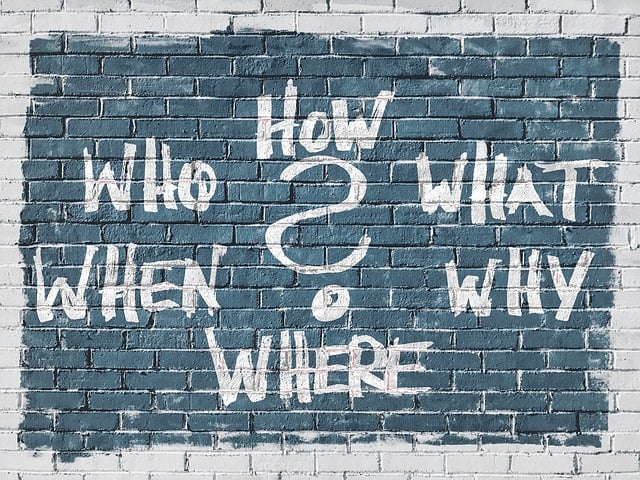
After a bicycle crash, the first steps are crucial for ensuring your safety and preserving potential legal rights. If possible, move to a safe location away from active traffic. Check yourself for injuries; even seemingly minor ones should be assessed by a medical professional. Document the incident thoroughly—take photos of the crash scene, including any visible damage to your bike, road conditions, and nearby obstacles. Collect information from other parties involved, such as witnesses’ contact details and insurance information.
Unlike auto accidents, bicycle crashes often involve different liability considerations. Unlike slip and fall injuries or auto accident injuries where partnerships might lead to disagreements on fault, bicycle accidents frequently implicate understanding local laws regarding cyclist rights and responsibilities. This knowledge can be vital in navigating a potential liability claim, especially when determining whether another party—a driver, a business owner, or a government entity—is legally accountable for your injuries.
Building a Strong Case for Compensation

Building a strong case for compensation after a bicycle accident involves gathering comprehensive evidence to support your claim. This includes documenting every detail of the incident, from the circumstances leading up to the crash to the extent of your injuries. It’s crucial to seek medical attention immediately and preserve any relevant information, such as insurance details from other parties involved, witness statements, and photographs of the scene and your injuries.
Engaging a personal injury attorney who specializes in bicycle accident liability can significantly strengthen your case. They understand the complexities of these claims and can help navigate the legal process effectively. An experienced truck accident attorney or slip and fall lawyer will assess your unique situation, identify liable parties, and advocate for the compensation you deserve based on state laws and regulations.
When it comes to bicycle accident liability, understanding your legal rights and taking prompt action is crucial. By familiarizing yourself with local laws, documenting all relevant details after a crash, and gathering substantial evidence, you can build a robust case for compensation. Following the steps outlined in this guide will empower you to navigate the claims process effectively and secure the justice and financial support you deserve.



